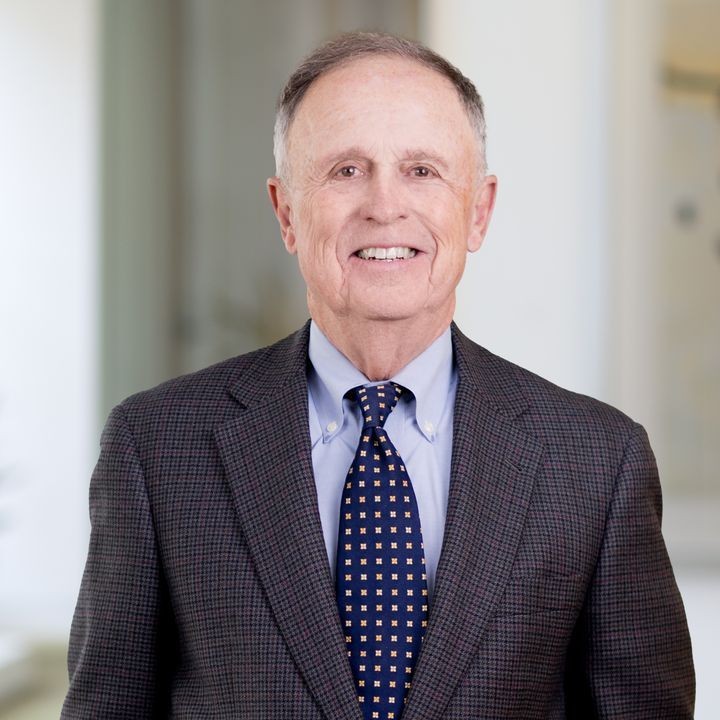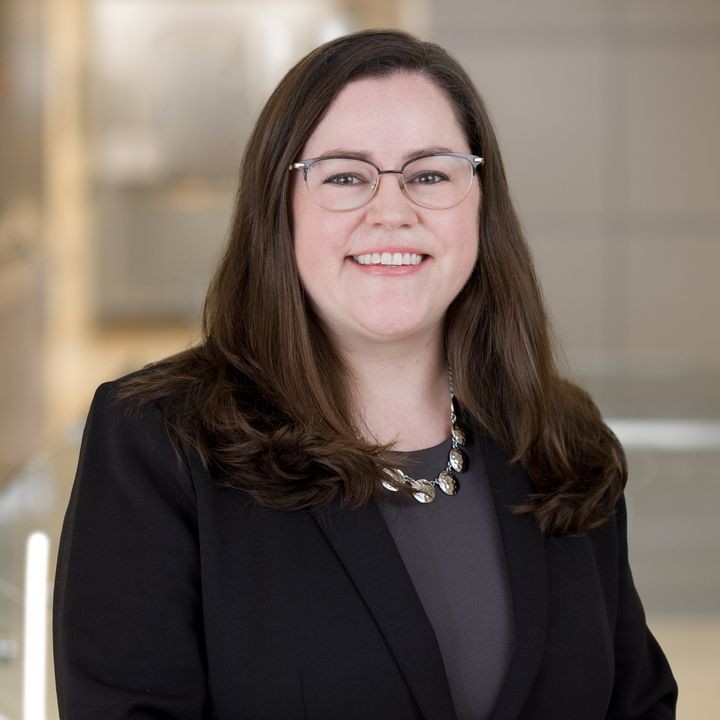New York Judge Invalidates Portions of DOL Rule Interpreting Paid Leave Permitted Under Federal Families First Legislation
Client Alert | 6 min read | 08.04.20
A federal judge in New York on Monday invalidated four separate provisions of the Department of Labor's (the DOL) Final Rule implementing the Families First Coronavirus Relief Act (the FFCRA). The decision strikes down a provision that precludes paid leave to eligible employees in situations where state closure orders and/or employer business decisions have made work unavailable.
FFCRA and the DOL Rule
President Trump signed the FFCRA, Pub. L. No. 116-127, on March 18, 2020, in the early days of the COVID-19 pandemic. Among other provisions, the FFCRA extends two types of paid leave benefits to certain employees working for employers with fewer than 500 employees working in the United States. The first, known as Expanded Family and Medical Leave (expanded FMLA leave), provides up to twelve weeks of leave—ten of which are partially paid—for employees who are unable to work because they are responsible for providing child care to a dependent child whose school or place of care has been closed due to COVID-19. The second, known as Emergency Paid Sick Leave (EPSL), provides up to two weeks (80 hours) of paid sick leave to employees who are unable to work because of one of six qualifying COVID-19-related conditions. These leave entitlements are in effect until December 31, 2020. After the FFCRA was enacted, the DOL issued several guidance documents concerning eligibility for these benefits, among other matters, culminating in the Final Rule. See 29 C.F.R. Part 626, 85 Fed. Reg. 19326 (April 6, 2020).
The Litigation
The New York Attorney General filed suit against the DOL on April 14, alleging that several of the provisions in the Final Rule were arbitrary and capricious and exceeded DOL’s authority under the Administrative Procedure Act (the APA). The complaint was accompanied by plaintiff’s motion for summary judgment. The DOL responded with a motion to dismiss for lack of standing and with its own cross-motion for summary judgment.
The Court’s Decision
In an opinion issued on August 3, 2020, Judge J. Paul Oetken adopted most of the arguments advanced by the State of New York and granted the most critical aspects of its motion for summary judgment. The Court began by rejecting the DOL’s various arguments regarding standing, concluding that plaintiff’s assertions about likely harms to New York residents, and the prospect of reduced tax revenues to the State of New York, were sufficient to show both injury in fact and causation, thereby satisfying its obligation to demonstrate standing at this stage of the litigation. The Court then addressed the four specific challenges raised by the plaintiff.
The “Work Availability” Rule
The Final Rule provides that employees are not eligible for either of the FFCRA’s paid leave benefits if the employee’s inability to work was due to a decision made by the employer to close or reduce operations in response to the pandemic. The Final Rule provides that this work availability exception applies broadly, both to employers who have been ordered by state or local governments to shut down to try to limit community spread of COVID-19, and to employers that have reduced operations in response to decreased demand caused by the virus. Judge Oetken decided this aspect of the Final Rule was “patently deficient” under the APA’s requirement that administrative agencies provide a reasoned basis for their interpretation of an ambiguous statutory provision, in what is known as the “second step” of analysis set forth in the Supreme Court’s landmark decision in Chevron U.S.A. Inc., v. Natural Resources Defense Council, 467 U.S. 837 (1984). Describing the DOL’s position as a “monumental policy decision” with “enormously consequential” impact on citizens, the Court rejected this aspect of the DOL’s Final Rule as an ipse dixit consisting of nothing more than a “terse, circular regurgitation” of the DOL’s position that an employee’s personal reason for requesting leave must be the “but for” cause for the need for FFCRA paid leave. Going forward, employers must now provide both expanded FMLA leave and EPSL to eligible employees who have been furloughed for business reasons, as well as employees who may not have been working due to a state or local closure order requiring closure of the business.
The Definition of “Health Care Provider”
Judge Oetken was even more critical of the Final Rule’s provision that any individual employed by a health care provider, irrespective of role, could be designated by the employer as ineligible for FFCRA paid leave benefits under the FFCRA’s healthcare provider exception. The Court found the statute to be unambiguous on this issue, and that DOL’s “vastly overbroad” definition of the term violated Chevron’s “step one” requirement, in which a court may vacate an agency’s contrary interpretation of a statutory provision found to be unambiguous. In particular, the Court took issue with the DOL’s determination that, despite the definition of health care provider being referenced in the statute to include those who are “capable of providing healthcare services,” the exclusion could include anyone whose “work is remotely related to someone else’s provision of healthcare services.”
Intermittent Leave
The Court partially accepted plaintiff’s argument that the DOL exceeded its authority in prohibiting certain types of intermittent FFCRA paid leave without the employer’s consent. Judge Oetken concluded that DOL’s position to bar intermittent leave for certain qualifying leave reasons was reasonable with respect to situations implicating the public health objective of preventing employees who may be infected or contagious from returning intermittently to a worksite where they could transmit the virus. But the Court reached the opposite result with respect to the Final Rule’s prohibition on taking intermittent leave in situations where leave is necessary to care for an employee’s dependent child without first obtaining the employer’s consent. The Court characterized this requirement as “entirely unreasoned” under Chevron step two. Now, employees are permitted to take expanded FMLA leave and EPSL for reasons unrelated to the public health need to quarantine intermittently, without first securing their employer’s consent. This aspect of the ruling has potentially huge implications going into the new school year. As many school districts are opting for full or partial remote education, this ruling suggests that parents may now take FFCRA leave intermittently if they need to care for a child in one of these schools.
Documentation Requirements
Finally, the Court adopted plaintiff’s argument that the Final Rule’s documentation requirements are inconsistent with the FFCRA to the extent that they uniformly require submission of the required documentation, as well as providing the statutorily-required notice, prior to taking FFCRA leave. Judge Oetken concluded that this “different and more stringent precondition” is inconsistent with the statute’s unambiguous notice provision and fails at Chevron step one. Now employers must grant leave as long as the employee qualifies and provides the requisite notice set forth in the statute; the employer can require certain documentation at the time the notice is given, but cannot require that documentation before the periods set out by the FFCRA itself.
Implications for Covered Employers
The Court’s decision changes the rules for FFCRA-covered employers in several important respects. As a practical matter, the ruling may create substantial additional financial burdens on small and medium sized employers who may be required to provide paid leave in the various situations described above. The DOL has not yet announced whether it will appeal the decision. Absent a stay pending a decision to appeal, employers should now consider new employee requests for FFCRA leave under the new conditions imposed by Judge Oetken and should no longer rely on the impacted portions of the DOL’s Final Rule. The question of how this decision will impact prior requests for leave that were denied as a result of the positions set forth in the Final Rule is likely to create additional administrative burdens for employers. Employers covered by FFCRA that have prepared pandemic plans and policies based on the Final Rule should review these policies to ensure they are compliant in light of this decision.
Contacts
Insights
Client Alert | 7 min read | 12.17.25
After hosting a series of workshops and issuing multiple rounds of materials, including enforcement notices, checklists, templates, and other guidance, the California Air Resources Board (CARB) has proposed regulations to implement the Climate Corporate Data Accountability Act (SB 253) and the Climate-Related Financial Risk Act (SB 261) (both as amended by SB 219), which require large U.S.-based businesses operating in California to disclose greenhouse gas (GHG) emissions and climate-related risks. CARB also published a Notice of Public Hearing and an Initial Statement of Reasons along with the proposed regulations. While CARB’s final rules were statutorily required to be promulgated by July 1, 2025, these are still just proposals. CARB’s proposed rules largely track earlier guidance regarding how CARB intends to define compliance obligations, exemptions, and key deadlines, and establish fee programs to fund regulatory operations.
Client Alert | 1 min read | 12.17.25
Client Alert | 7 min read | 12.17.25
Executive Order Tries to Thwart “Onerous” AI State Regulation, Calls for National Framework
Client Alert | 2 min read | 12.16.25





